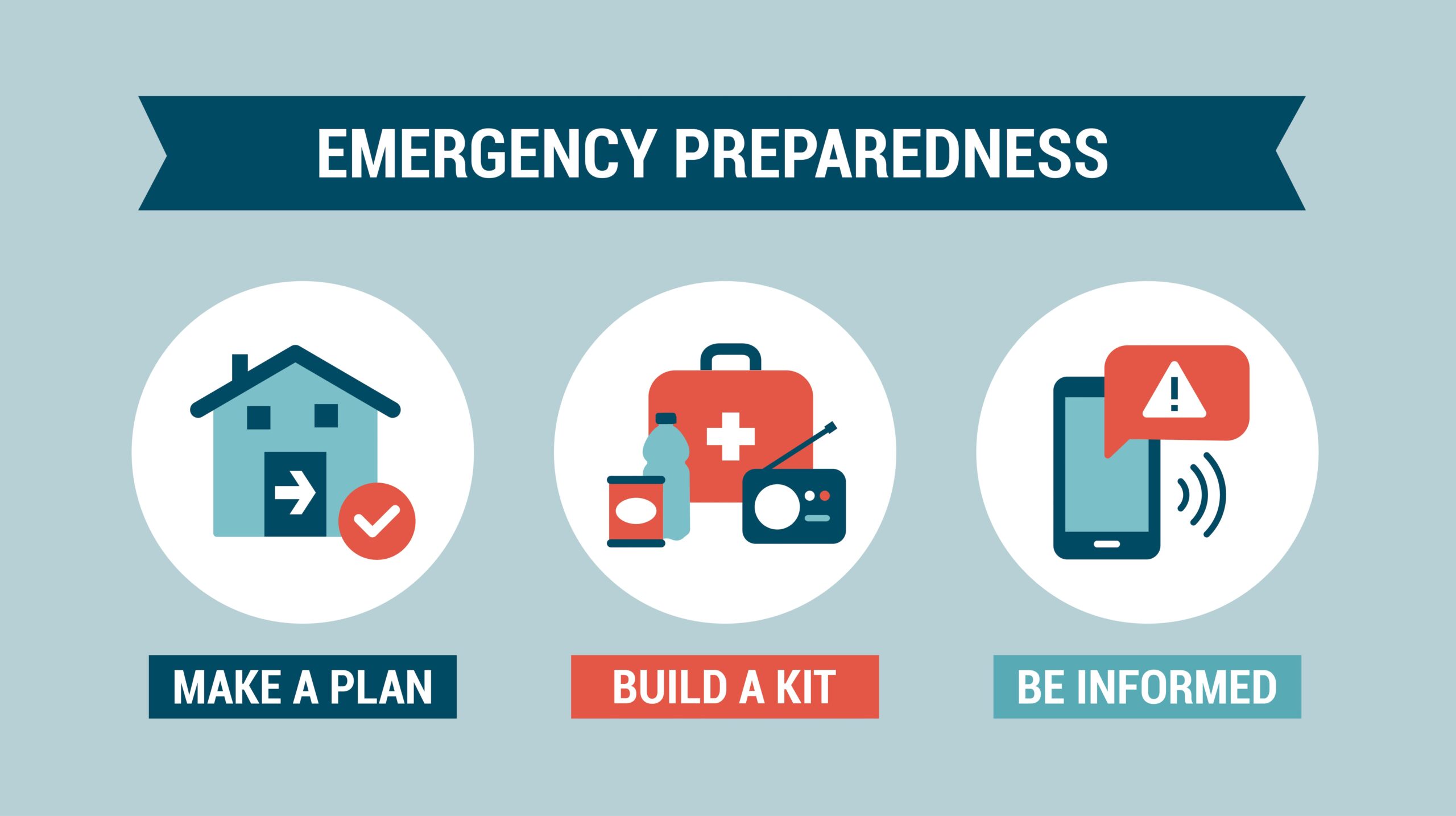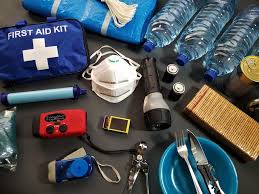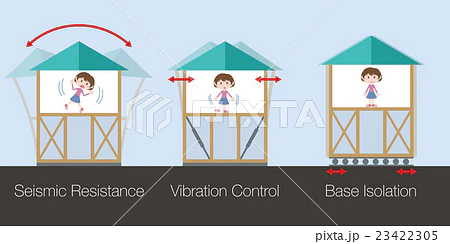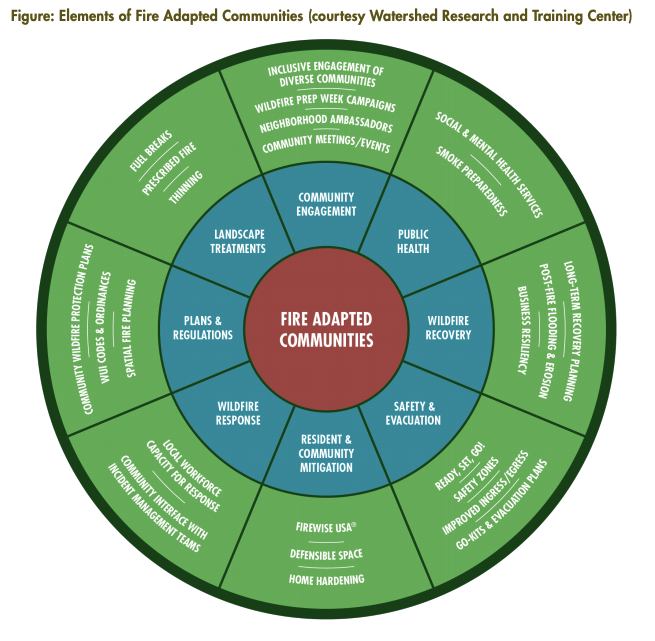How To Prepare For a Natural Disaster in America
Preparing for a natural disaster in the United States involves planning ahead, staying informed, and building resilience for you and your family. Here’s a step-by-step guide on how to prepare effectively:
🇺🇸 How to Prepare for a Natural Disaster in America
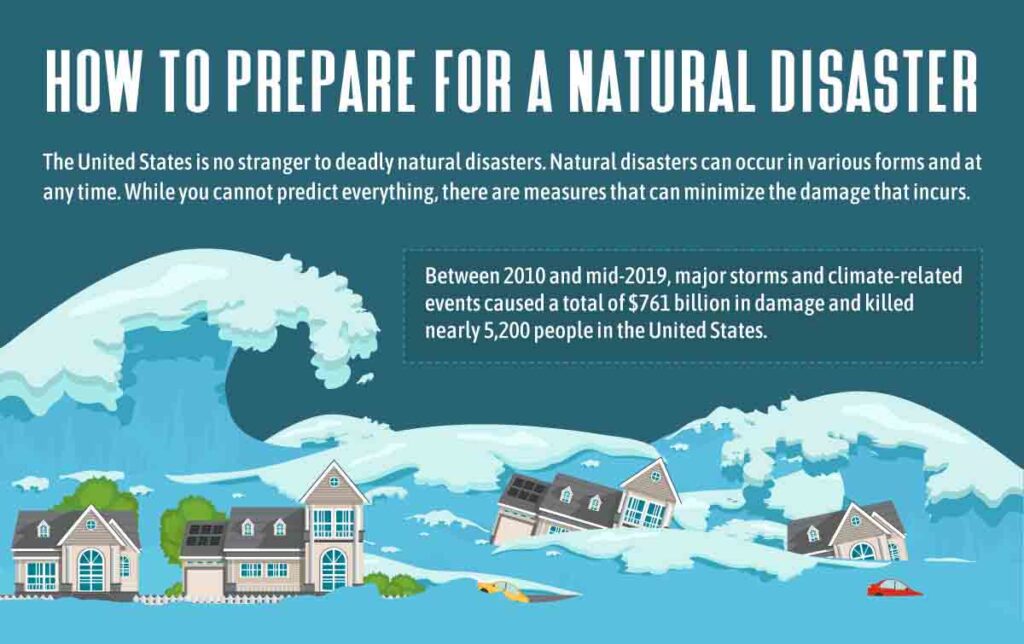
1. 🧠 Know the Risks in Your Area
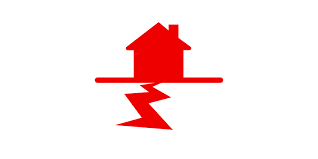
Understand which natural disasters are most likely to affect your region:
- Hurricanes – Gulf Coast, Southeast, East Coast
- Tornadoes – Midwest and Southern Plains (“Tornado Alley”)
- Wildfires – Western states like California, Arizona, Colorado
- Earthquakes – California, Alaska, Pacific Northwest
- Flooding – Nationwide risk, especially near rivers and coasts
- Winter storms – Northern and mountainous regions
➡️ Visit ready.gov and check your local emergency management agency.
2. 🧰 Build an Emergency Kit
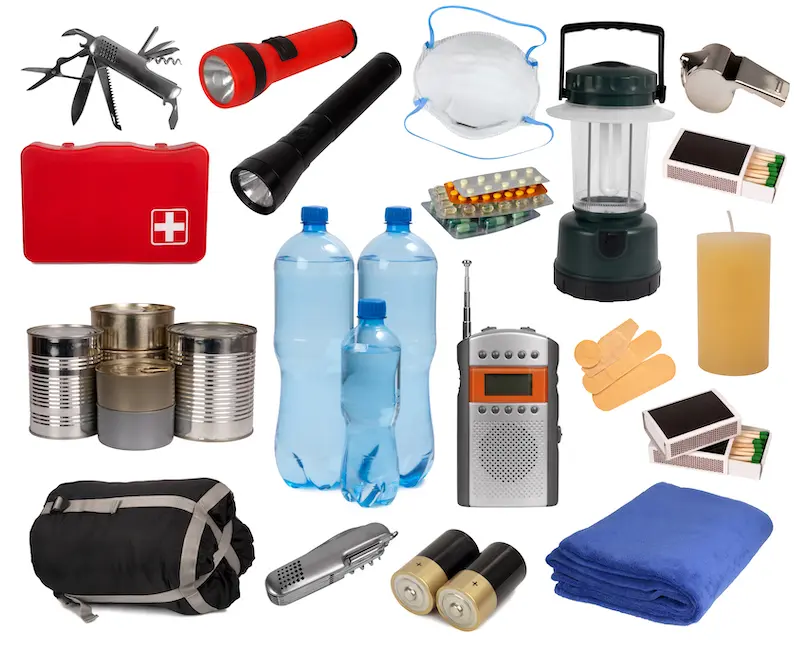
Your kit should last at least 3 days, and include:
- Water (1 gallon per person per day)
- Non-perishable food
- Flashlight & batteries
- First aid kit & medications
- Multi-tool or basic tools
- Phone chargers & power banks
- Personal hygiene items
- Local maps
- Whistle, duct tape, gloves, masks
- Copies of documents (ID, insurance, bank info)
- Cash (small bills)
- Supplies for babies, elderly, or pets
3. 🗺️ Make a Family Emergency Plan
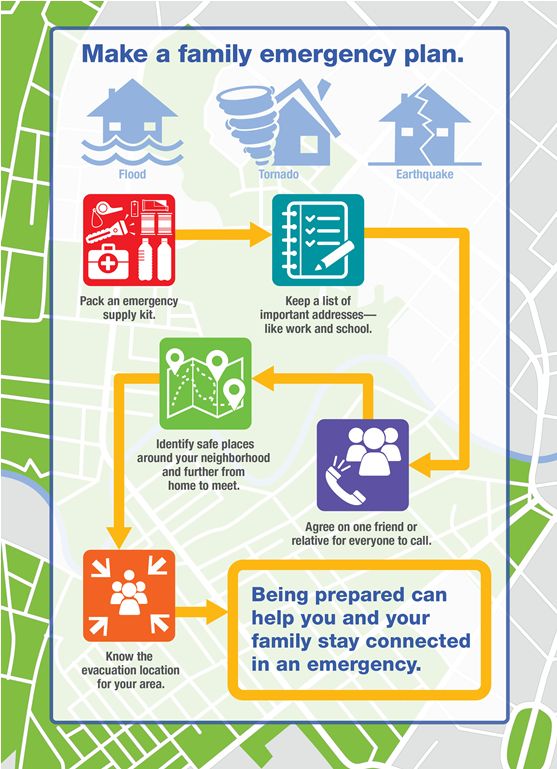
- Choose meeting locations: one near home, one out of town
- Assign roles (e.g., who grabs the emergency kit, who checks on pets)
- Share an emergency contact who lives out of state
- Write down important numbers in case phones die
- Practice the plan with your household
4. 📱 Stay Informed
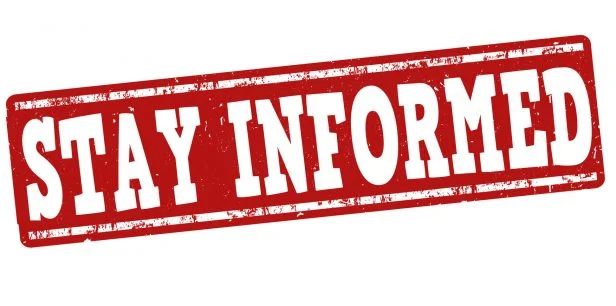
- Sign up for Wireless Emergency Alerts (WEA) on your phone
- Download apps like FEMA, Red Cross Emergency, or MyRadar
- Monitor NOAA Weather Radio for real-time updates
- Follow your local government or emergency services on social media
5. 🏠 Prepare Your Home
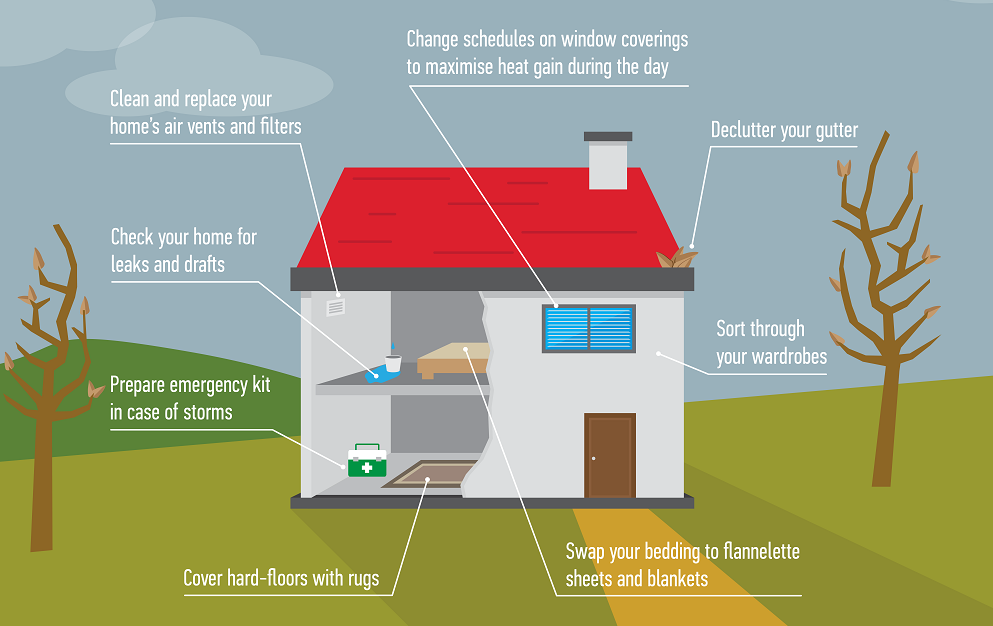
- Install smoke and carbon monoxide detectors
- Anchor heavy furniture and appliances
- Check your insurance policies (add flood or earthquake if needed)
- Trim trees, clear gutters, and secure outdoor items
- Know how to shut off water, gas, and electricity
6. 🚗 Prepare Your Vehicle
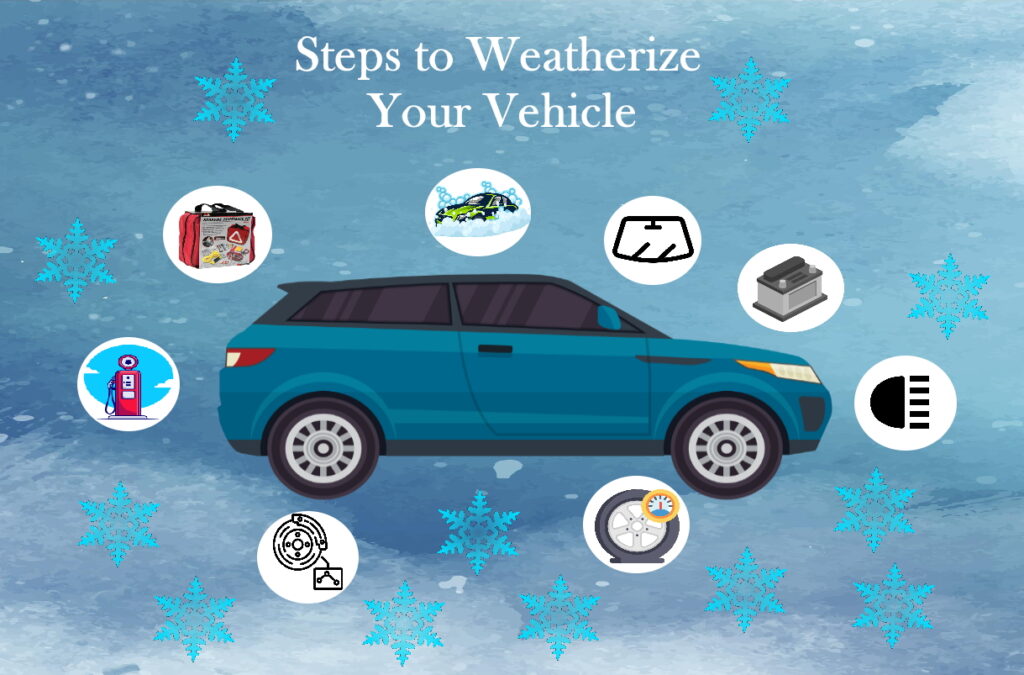
- Keep at least half a tank of gas
- Pack a small emergency kit, blankets, jumper cables, water, and snacks
- Keep a copy of your emergency plan and maps
7. 🔁 Review and Practice Regularly

- Check and refresh your supplies every 6 months
- Revisit your emergency plan when your family or location changes
- Do mock drills for fire, earthquake, or evacuation
